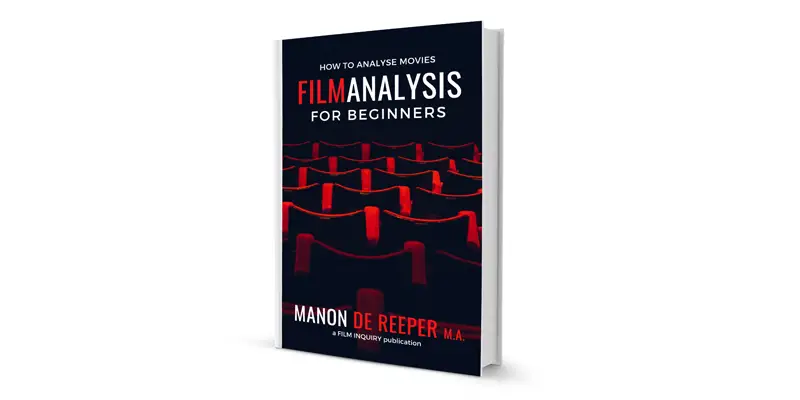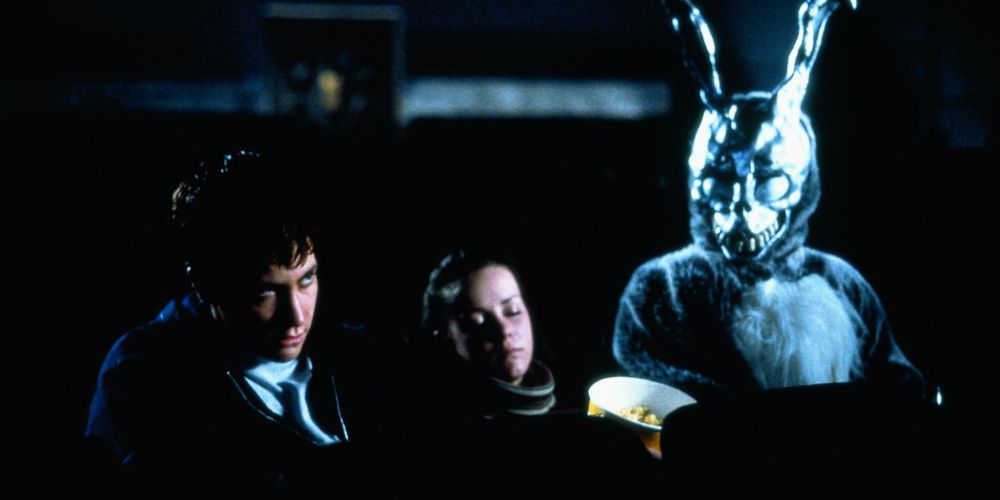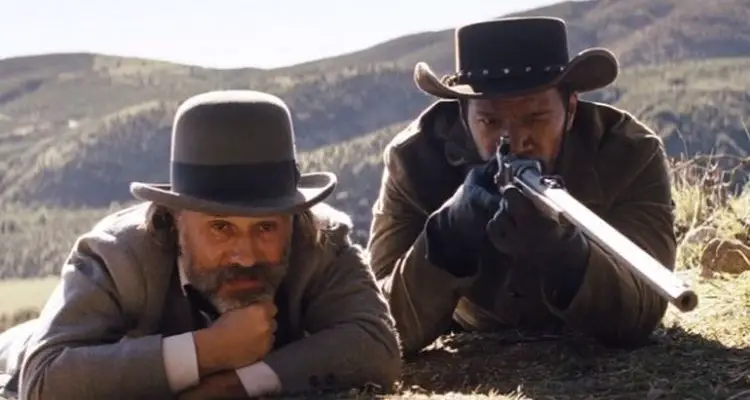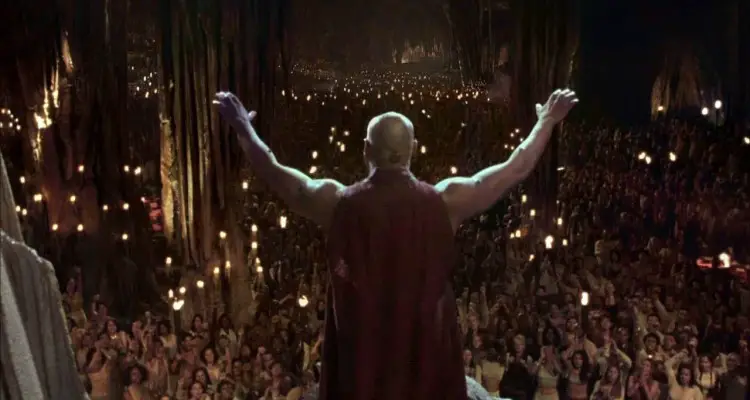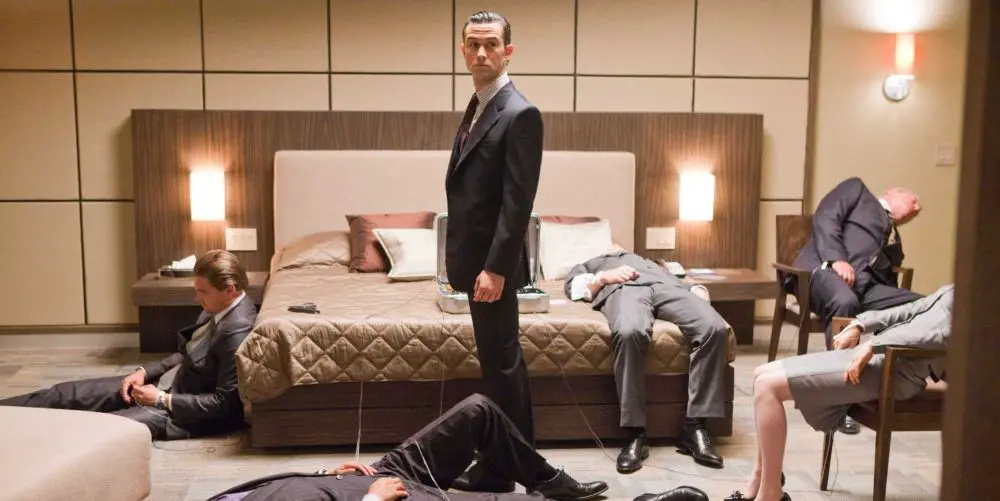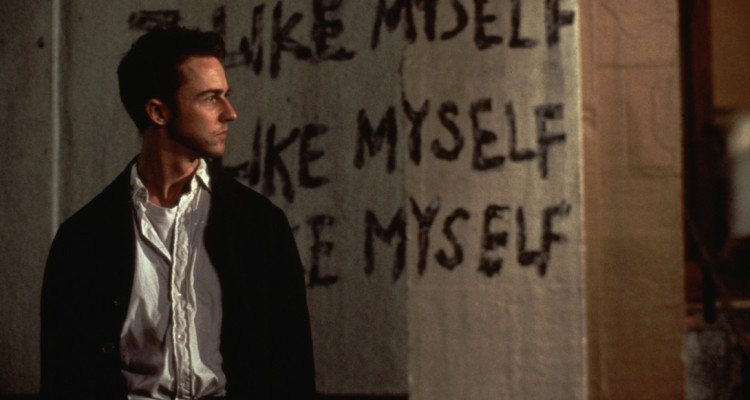How To Analyse Movies
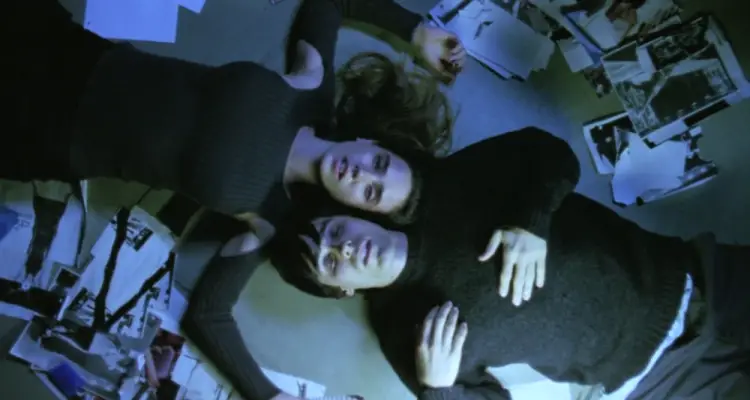
In earlier instalments of How To Analyse Movies, we discussed film language, how meaning is created in film through the use of signs, codes and conventions and most recently, we covered mise-en-scène and editing. In this chapter, we’ll discuss the camera and how it too can create meaning and how important it is to know about the way the camera is used to analyse a movie. The way the camera has been positioned or has been used too can create meaning, and it’s very important to know how it has been positioned and to analyse a film in its whole.
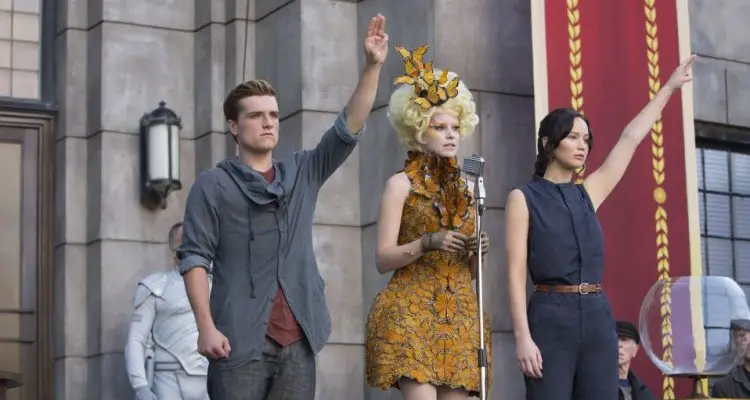
In this chapter, we’ll cover the signs, codes and conventions in a film that can tell you a lot about the messages that the creators are trying to convey. Some filmmakers are aware of the use of signs, codes and conventions in their work, though some are not. In that case the symbolism may be there, but not on the surface, which makes it a little harder to interpret.


